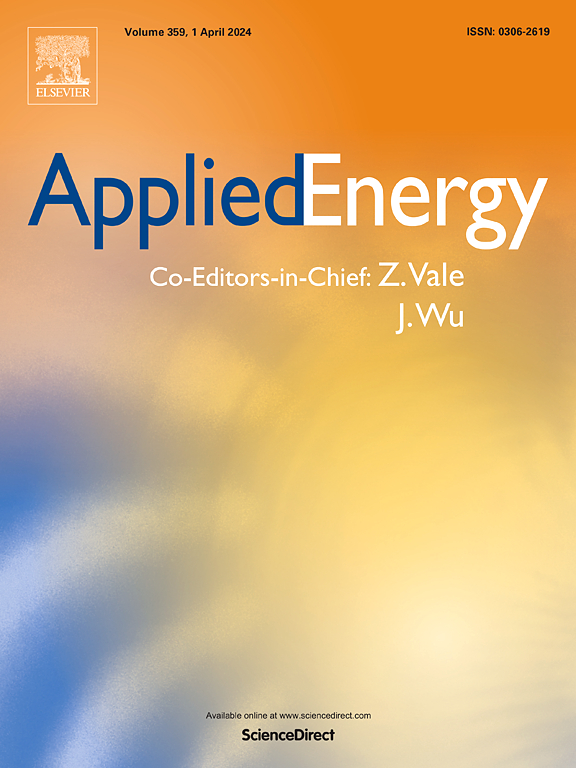How heat waves and urban microclimates affect building cooling energy demand? Insights from fifteen eastern Chinese cities
IF 10.1
1区 工程技术
Q1 ENERGY & FUELS
引用次数: 0
Abstract
Heat waves (HW), characterized by prolonged period of excessively high temperatures on a regional scale, are becoming increasingly frequent due to climate change. Concurrently, the urban heat island (UHI) effect—a localized climate phenomenon resulting from urbanization—affects cities worldwide. The interaction between HW and UHI exacerbates urban overheating, posing significant threats to human health, ecological stability, and energy consumption. A critical consequence of this synergy is the heightened demand for cooling energy in urban buildings. However, research examining the combined effects of HWs and urban microclimates (UMs)—particularly concerning both air temperature and humidity—remains limited. The present study utilized three years of hourly meteorological data from 15 cities in eastern China to explore the impacts of HWs and UMs on the cooling energy performance of a typical residential building. Key findings include: (1) During HW days, both air temperature (Ta) and dew-point temperature (Tdew) were significantly elevated compared to normal hot summer days. (2) The UHI effects led to increases in sensible cooling load, whereas the urban dry island (UDI) effects resulted in decreases in latent cooling load. (3) The combined impacts of HWs and UMs contributed to a 65% to 115% rise in sensible cooling energy demand, a 20% to 106% increase in latent cooling energy demand, and a 42% to 103% growth in total cooling energy demand. (4) Daily peak cooling loads for urban buildings during HWs increased by 21% to 62%. (5) Strong correlations were found between daily sensible cooling energy demand and daily mean Ta (R2 = 0.94), as well as between daily latent cooling energy demand and daily mean Tdew (R2 = 0.94). This study leverages long-term meteorological observations from multiple cities to provide a thorough understanding of how HWs and UMs impact building cooling energy performance. It underscores the necessity of considering the combined effects of HWs and UMs, as well as the roles of air temperature and humidity, when evaluating urban cooling energy needs. The findings offer valuable insights for planning energy infrastructure, designing effective cooling systems, improving energy management strategies, and enhancing grid resilience.
求助全文
约1分钟内获得全文
求助全文
来源期刊

Applied Energy
工程技术-工程:化工
CiteScore
21.20
自引率
10.70%
发文量
1830
审稿时长
41 days
期刊介绍:
Applied Energy serves as a platform for sharing innovations, research, development, and demonstrations in energy conversion, conservation, and sustainable energy systems. The journal covers topics such as optimal energy resource use, environmental pollutant mitigation, and energy process analysis. It welcomes original papers, review articles, technical notes, and letters to the editor. Authors are encouraged to submit manuscripts that bridge the gap between research, development, and implementation. The journal addresses a wide spectrum of topics, including fossil and renewable energy technologies, energy economics, and environmental impacts. Applied Energy also explores modeling and forecasting, conservation strategies, and the social and economic implications of energy policies, including climate change mitigation. It is complemented by the open-access journal Advances in Applied Energy.
 求助内容:
求助内容: 应助结果提醒方式:
应助结果提醒方式:


